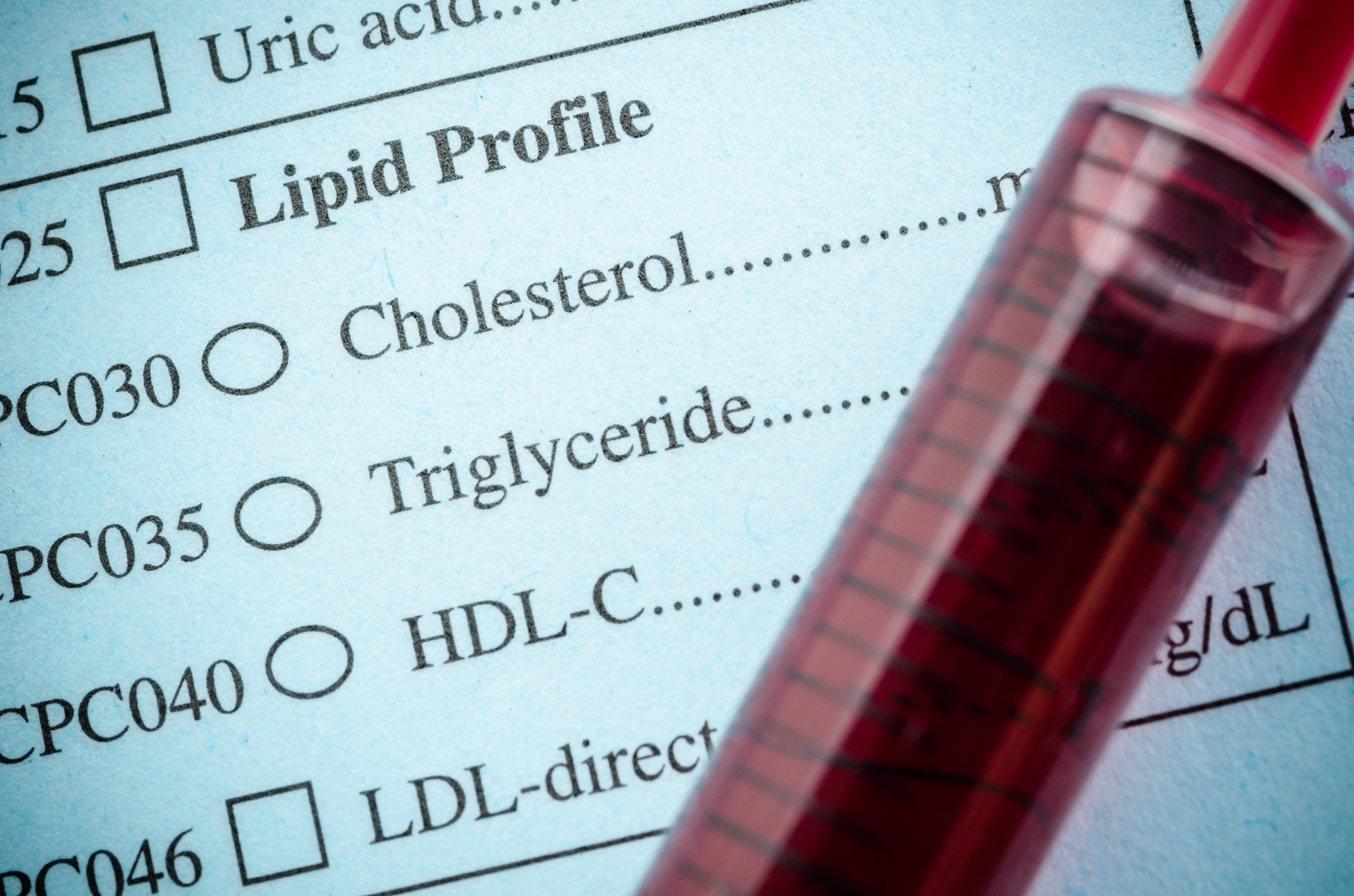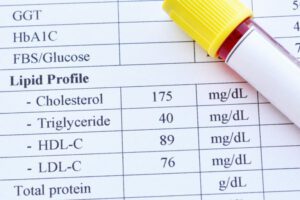Do you know how to read your lipid profile report? Why is it an important test to keep a check on your heart health?

Do you know how to read your lipid profile report? Why it is important test to keep a check on your heart health (Wikimedia Commons)
A whole range of tests for determining the risk factor for developing cardiovascular diseases is currently in existence.
However, a complete cholesterol test — commonly referred to as a lipid profile test — is perhaps the most important. This test measures the levels of good and bad cholesterol in one’s body.
South First spoke to experts to understand the importance of the test, and how to read a lipid profile test report.
Recently, Dr Sudhir Kumar, a consultant neurologist at Apollo Hospital in Hyderabad, took to Twitter and said, “Among patients who consulted me today, five of them, between the ages 30-50 years, had high cholesterol. Abnormal lipids are a risk factor for stroke and heart attack.”
Tweeting the normal ranges, the doctor suggested that those with abnormal levels “should start lifestyle medication — diet and exercise — and also start medication after consulting a nutritionist and a physician. Also, those who have not tested should test their cholesterol levels”.
Bengaluru-based Manipal Hospital’s consultant interventional cardiologist Dr Kumar Kenchappa explained to South First that there are four categories of blood fat and this is mainly studied as part of the lipid profile test.

Do you know how to read your lipid profile report? Why it is important test to keep a check on your heart health
The first is total cholesterol, where the total cholesterol content of the blood is analysed.
Then comes the very low-density lipoprotein (VLDL) cholesterol, which is present in very low amounts, usually in a fasting blood sample, and is mostly seen as a result of recently consumed food. If there is an increase in VLDL cholesterol, it can indicate an abnormal lipid metabolism.
Third comes the important one: Low-density lipoprotein (LDL) cholesterol.
“This is the ‘bad’ cholesterol. High LDL levels contribute to atherosclerosis, which reduces blood flow by causing fatty deposits (plaques) to accumulate in the arteries. These plaques can occasionally burst, causing a heart attack or stroke,” Dr Kumar explained.
Kumar said high-density lipoprotein (HDL) cholesterol is referred to as “good” cholesterol, as it aids in the removal of LDL cholesterol, keeping the arteries open and improving blood flow.
Adding to this, Bengaluru’s Fortis Hospital’s Internal Medicine Department Director Dr Sudha Menon said LDL cholesterol was the major contributor to risk factors for heart attacks and strokes. This is affected by diet, medication and primarily genetic factors.
However, Dr Rajeev Jayadevan, former president of the Indian Medical Association’s Kochi Chapter, said there was no “good” or “bad” cholesterol. He argued that the same cholesterol is present in each of the VLDL, LDL and HDL cholesterol families.
“Each particle has a distinct role in the body, and contains different proportions of cholesterol, triglycerides, and other molecules. To make the interpretation easy, HDL is sometimes classified as ‘good’ and LDL as ‘bad’,” he explained.
He added that the exact cause of coronary artery disease is still not very clear. An unfavourable lipid profile is just one of the several risk factors identified, Jayadevan said.
Dr Kumar said triglycerides are a form of fat present in the blood. They are metabolised by the body from extra calories into fat cells. It is a type of blood fat which is more prevalent in Indians.
“Being overweight, consuming excessive amounts of alcohol or sweets, smoking, being sedentary, or having diabetes with high blood sugar levels are just a few of the factors that are linked to high triglyceride levels,” he said.
Dr Menon stressed that this is a significant risk factor for pancreatitis, fatty liver disease, and secondary heart attacks as well.
Reducing the consumption of refined carbohydrates, sugar, and alcohol, along with regular exercise, can help lower triglyceride levels.
Jayadevan said that if a person has a sedentary lifestyle, the energy requirement is small, and the absorbed glucose and fructose won’t be used for energy when such a person consumes more carbs or sweets.
These get converted to cholesterol and fat, he explained, adding that this high-fat diet could raise blood cholesterol levels.
Dr Menon explained that the intake of saturated fats such as butter, cheese, ghee, cream, red meat, organ meat, chicken skin, and egg yolks should be reduced to manage LDL levels.
As far as medication is concerned, statins are a good medicine to be used, she explained.
Also, medical conditions such as diabetes, obesity, and hypothyroidism can elevate cholesterol levels, she said.
Higher levels of HDL are beneficial for the heart, and exercise is one of the most effective ways to achieve it.
A balanced healthy diet, rich in fruits and non-starchy vegetables, fish and lean meat, and whole grains can prevent bad cholesterol. Meanwhile, lowering the consumption of oil, sweets, and processed food can also help.
“A positive lifestyle changes and dietary alterations can help in reducing high LDL cholesterol,” said Jayadevan.
Normal results for a lipid profile test in adults are as follows:
Doctors insist that consulting a specialist if the cholesterol levels are high is important.
Meanwhile, as tips to keep cholesterol levels under check, Kumar suggested:

Apr 25, 2024

Apr 24, 2024

Apr 24, 2024

Apr 23, 2024

Apr 23, 2024

Apr 23, 2024